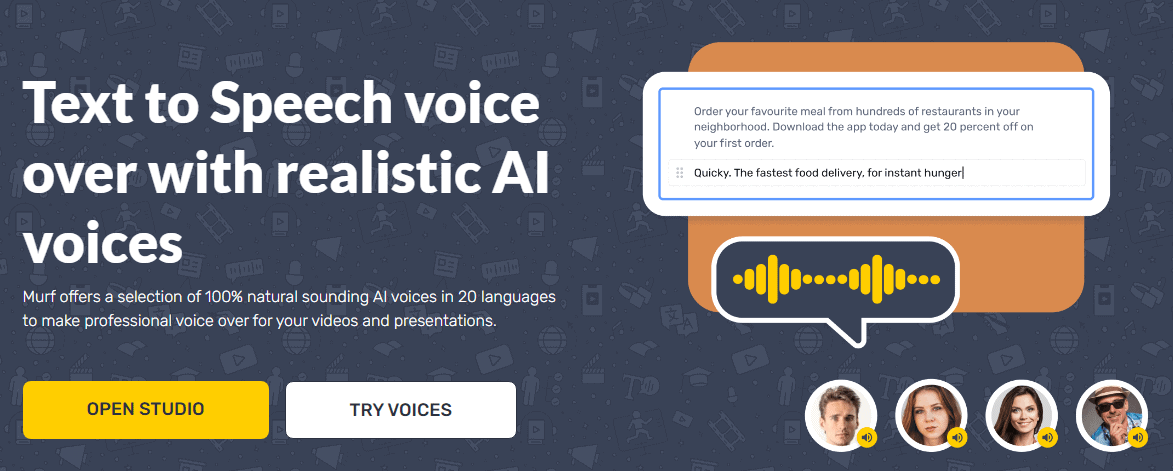
Text to speech (TTS) is an assistive technology that takes written words on digital devices and converts them into speech. The software reads texts from digital devices aloud, often highlighting the words as they are being read. For this reason, the technology is also known as ‘read aloud’ technology.
TTS technology has powerful attributes that improve learning, especially among children with learning disabilities. Hence, it’s becoming increasingly popular in the EduTech Industry. However, not only students but educators and digital publishers can also derive phenomenal benefits from this next-generation software.
So let’s dive deeper into how TTS works and the software’s various learning benefits.
Table of Contents
How Does Text to Speech Work?
TTS technology works with all digital devices, including computers, smartphones, and tablets. The software uses a synthetic voice to read aloud all kinds of text files on the devices, even online web page contents. You can control the speed and tone of the narration and adjust them according to your requirement.
The voice quality differs from software to software. You can find some high-quality text to speech online that is very natural sounding. Many TTS tools also highlight the words as they are read aloud, making it easier for students to follow.
Benefits of Text to Speech in Learning
Text to Speech for Young Students
TTS technology allows students to focus on the content rather than the act of reading. This enables them to better understand the material being taught.
The multisensory approach to learning also increases the student’s ability to retain information. This further increases their confidence and motivation.
Researchers have found TTS to improve learning in the following ways:
- Improves word recognition in kids
- Improves their ability to pay attention and retain information
- Helps students focus better on comprehension
- Helps students recognize and fix errors in their writing
Text to Speech for Students with Learning Disabilities
Being able to hear text instead of having to read it is a great advantage for students with disabilities. The speed and volume of the narration can be adjusted according to the need of each student. This makes them more independent in their learning process and reduces the burden on educators.
A study published in the Journal of Special Education Technology found TTS to improve reading, error detection, and understanding of word meanings among students with literacy difficulties.
TTS also helps people with physical disabilities, such as those with mutism, communicate better. The best example is physicist and cosmologist Stephen Hawking, who used this technology to share his groundbreaking theories with the world.
Text to Speech for Adult Learners
Listening to the latest news, gossip, and trends after a long work day is much more appealing than reading them in the fine print. Besides, with people increasingly mobile, the demand for a convenient way to consume content is rising.
TTS can turn online content into a multimedia experience, so commuters can listen to news, articles, or e-books on the go. This gives digital publishers an advantage over print.
Final Thoughts
An argument against TTS is that the artificial mono-toned narration cannot engage with listeners. However, the technology has vastly improved over the years to make the voice less robotic and more human-like. It even comes with voice cloning features, enabling you to create lifelike voice clones of your favorite actors.
High-quality TTS software injects proper inflection, tone, and timing into the narration to give you an enjoyable e-learning experience.

